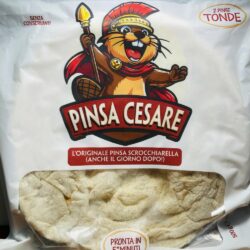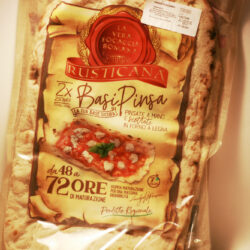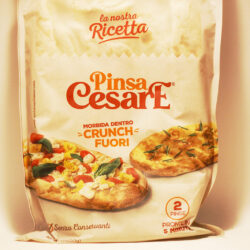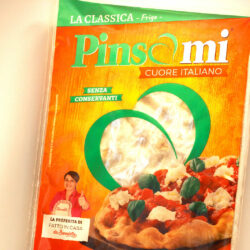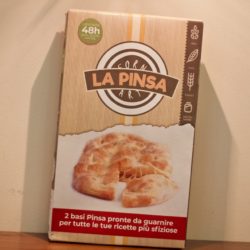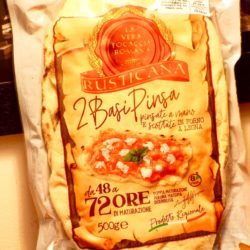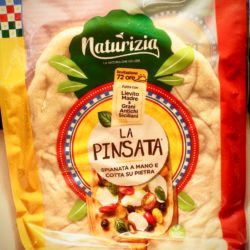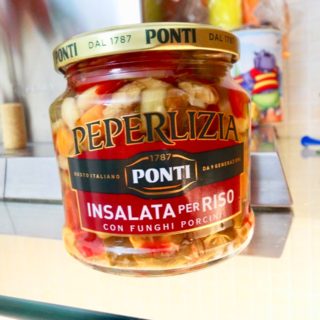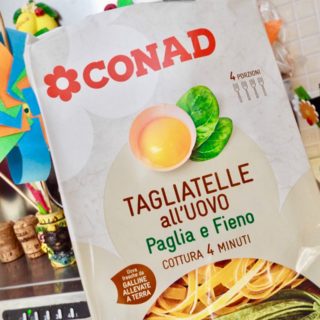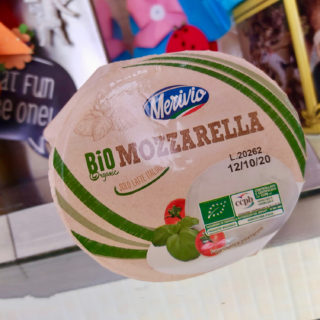
All posts in: Pinsa
There Pinsa Romana is a type of Italian focaccia that has gained popularity in recent years. Its origins date back to the era of the ancient Romans, when bread was prepared with a mixture of different cereals, such as wheat, barley and spelled. The term “pinsa” derives from the Latin word “pinsere”, which means “to lengthen” or “to flatten”.
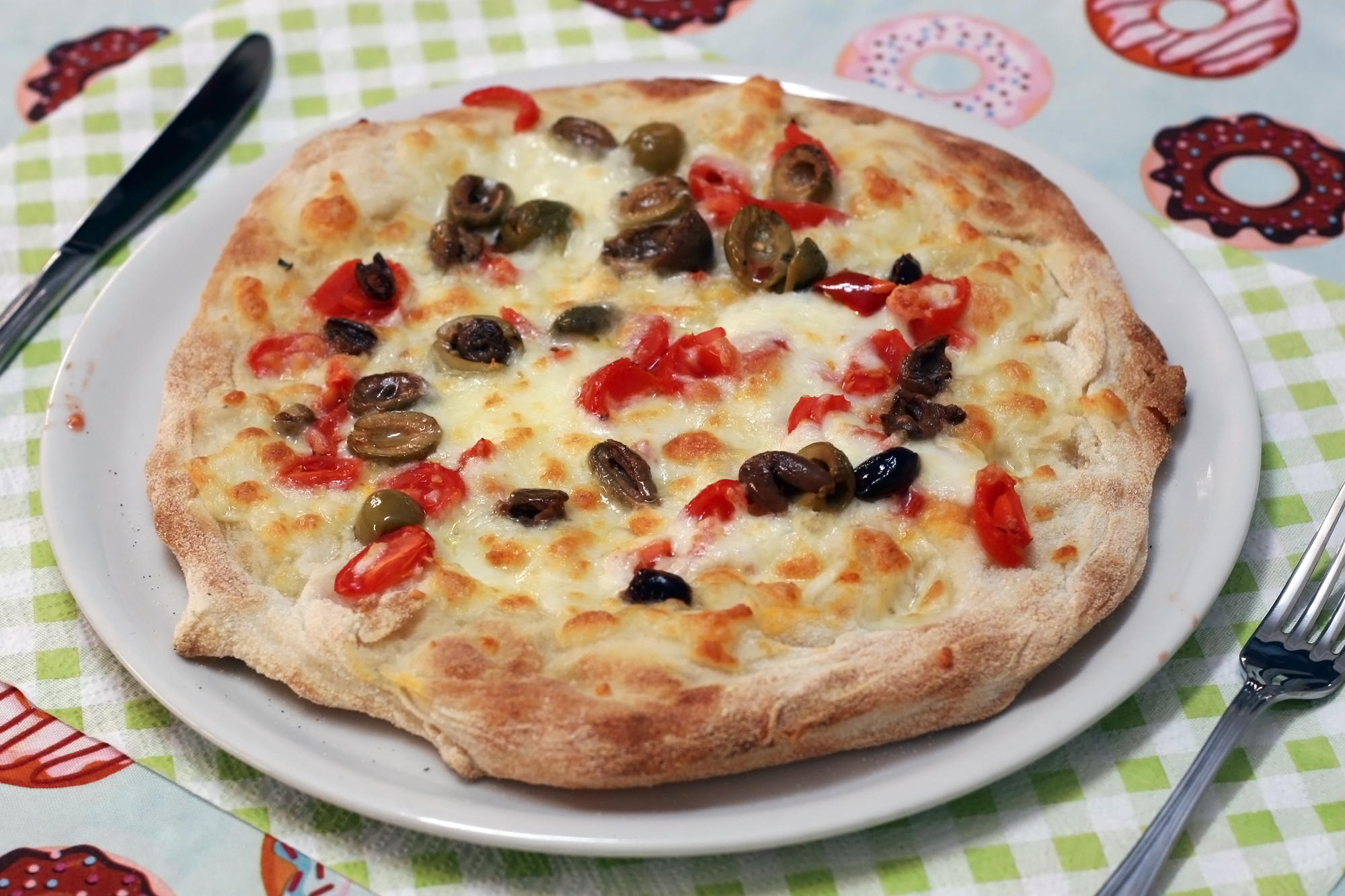
Pinsa Romana
The history of Pinsa Romana has its roots in ancient Roman culinary traditions. The term “pinsa” itself derives from the Latin word “pinsere”, which means “to lengthen” or “to flatten”. This reflects the characteristic shape and preparation method of the dough. In ancient Rome, people used a variety of grains to make bread, including wheat, barley, and spelt. The dough was typically mixed with water and allowed to ferment before being shaped and baked. These ancient breads were the staple food of the Roman people. Over time the Pinsa recipe has evolved, influenced by cultural exchanges and culinary innovations. In the Middle Ages the Pinsa it had become a common food in the region surrounding Rome. However, it has only been in recent years that the Pinsa Romana has experienced a resurgence in popularity. Artisan bakers and chefs began to rediscover and reinterpret ancient recipes, incorporating modern techniques and ingredients to create a lighter, airier crust. Today the Pinsa Romana it is celebrated for its unique texture and flavor profile. It is often made with a blend of wheat, rice and soy flours, along with natural yeast and a long fermentation process, resulting in a light, digestible crust. Overall, the story of the Pinsa Romana reflects the rich culinary heritage of ancient Rome and the continuing evolution of Italian cuisine.
